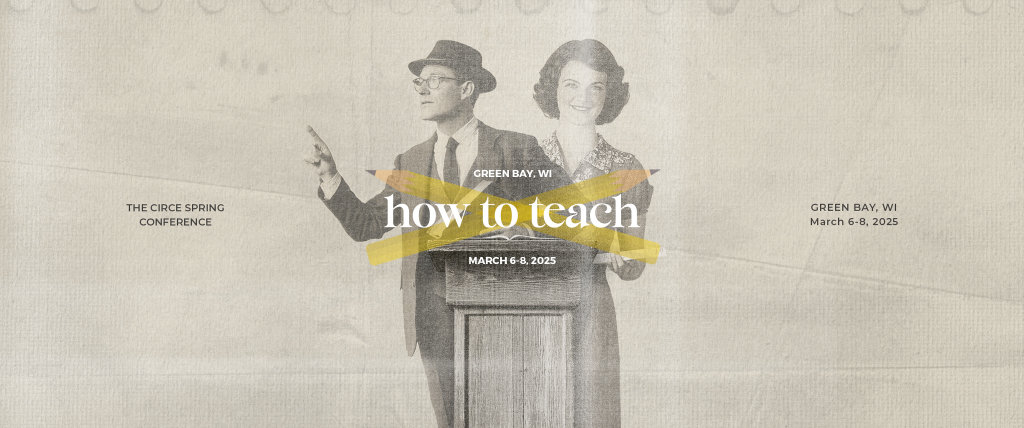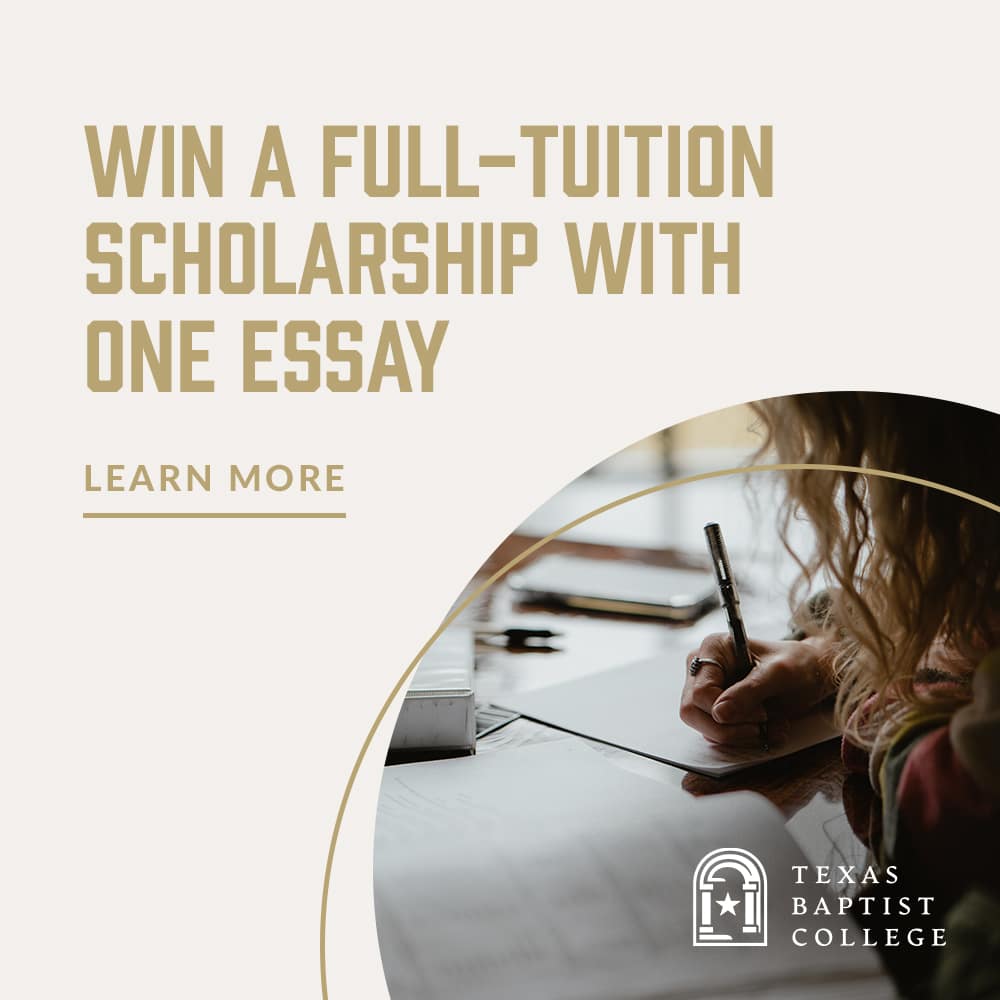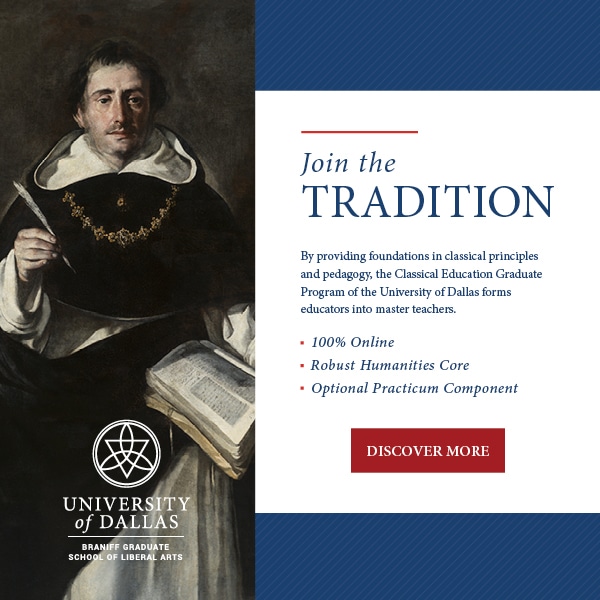A Classical, Christian Education: Pondering the Fulcrum

Summer fades into autumn; one season wanes, another flourishes. This is the undulating pattern of life, as well as that of our home-centered liturgy of education since my husband and I married and began a family.
This liturgy is like a familiar hymn, one that began with the births of our children and has been accompanied by ever-more-familiar grace notes—from the ABCs, fairy tales, and chants of the multiplication tables and Latin declensions, to high school speeches, thesis papers, and graduations.
Standing on the edge of several decades, I listen to the third stanza of the hymn resonate in its final tones: our third child is going to college. There’s a significant age gap between our third and fourth children, and I’m caught in a pause, waiting on that edge; it’s as though time is elongating in a moment of stillness before stanza four takes firm shape.
In this pause, I’m evaluating our classical, Christian homeschool, and its fulcrum is coming into focus.
“Fulcrum” comes from the Latin verb fulcire, meaning to “prop up.” Its lexical definition is “a support about which a level turns,” or a “support that supplies capability for action” (Merriam-Webster). These are mechanical definitions, but the word lends itself well to figurative use, such as when the Rev. Ralph Cudworth, a Cambridge Platonist, wrote in 1672: “The most excellent fulcrum of the Soul, the perswasion [sic] of the Everliving God” (True Intellectual System of the Universe).
In these days of my third child’s launch, I see more clearly the fulcrum around which our liturgy has turned, helping me define what our classical, Christian education has been and will continue to be. These are its components:
The Trivium and Quadrivium
Our homeschool revolves around the liberal arts and classic works of western civilization—although that does not exclude exposure to and study of works of excellence from other traditions.
Students learn to read and write, frequently and well. From birth they are surrounded by overflowing bookshelves and are immersed in the written word from fiction to poetry, drama, history, philosophy, theology, mathematics, science, political theory, economics, and more.
They learn to be read to; to read fluently and independently; to read from beloved, dog-eared print books; to read silently and aloud to themselves and to others; and, above all, to relish all this reading.
They study Latin and/or Greek, learning their way around inflection; the tree of languages; grammar; the art of translation (which begins as a mathematical exercise and transforms into poetry); and the appreciation of the aesthetic power of words.
All practice the art of rhetoric in writing; presenting; public speaking; performing; and creating.
Students are introduced to the wonders of mathematics and the sciences and the histories of these subjects through biographies and historical narratives.
So far, they have chosen of their own volition to continue to study these long past bureaucratic high school graduation requirements.
Like their contemporaries, they recognize the names of Newton and Einstein, but they also know about—among others—Euclid, Ptolemy, Kepler, Pascal, and Descartes.
Our students learn music notation, theory, vocal skills, and instrumentation. Those who have graduated are musicians in their own right, practicing their talents in the service of others as well as professionally.
They are lovers of classical music but also enjoy many diverse types of music from Jazz to Reggae to Bluegrass and contemporary forms.
All study formal logic, appreciating both its Aristotelian roots as well as its deductive, mathematical incarnations.
In addition:
- Students are exposed to visual art through books and museums, as well as to art history—a powerful way of viewing the story of humanity traveling through time, because art unveils the human being.
- We utilize original texts as often as possible, and when textbooks are used—which is minimally until students reach high school age and then primarily for mathematics and the sciences—they are always supplemented with original works (for example, Euclid’s Elements).
- Our students are taught that books are teachers, and that they are engaged with the authors of these books as authentically as they engage with us. When translating Caesar, for example, they are encouraged to recognize that he is speaking to them, that he wrote his Gallic War for the very purpose of reaching across millennia to instruct them.
- Finally—last but most certainly not least—interwoven through all our home education is the acknowledgement and rejoicing that the Lord, the Logos of John 1, is the creator, center, and coherer of it all.
The skills of the Trivium and the Quadrivium are exercised often. Students concentrate on competence in self-teaching and in teaching others: self-governance, discipline, and implementation of independent, self-directed learning from young ages; curiosity, wonder, and creativity; memorization of factual data; integration of knowledge; analysis of information; aesthetic and persuasive presentation of material; defense of ideas and beliefs; admiration of, and implementation of, what is True, Good, and Beautiful.
Education is a vast and life-long endeavor with intrinsic value
The purpose of education extends far beyond obtaining “job skills” or expertise in any specific field (though those will necessarily follow because the secondary goals will always emerge when the primary goals are sought). Its value is never measured by a monetary rubric—whether purchasing it or profiting from the acquisition of it.
As such, the objective of study in any particular area is not to achieve a finished product by the end of a specific time simply in order to meet a milestone or achieve gainful employment, but to surpass all of that: to grow in knowledge, understanding, and wisdom even as one’s conception of the vastness of all there is to be comprehended also grows—a student is driven to his knees like Job in the face of sheer potentiality; a student is led to concur with Socrates that wisdom lies in recognizing her own profound ignorance.
All this occurs naturally in stages—not by artificially-imposed “grade level”—while children mature, as Dorothy Sayers keenly observed and articulated in The Lost Tools of Learning.
Learning happens in relationship
Students are encouraged to see us as their partners, in a relationship with them and with the material as fellow learners.
They are taught to perceive that everything they learn is on an ongoing spectrum of deepening relationships—mastering content, wrestling with understanding, acting to apply what they master, and comprehending that there will always be more to learn; the journey is one filled with hard work, yet it is also shot through with wonder and increasing joy at the richness of all that education has to offer, from the spiritual to the practical.
Our children learn that bewilderment—and its contentious companion, frustration—will be an inevitable part of the journey, and they should anticipate it and work with it. As pain is a message letting us know to do something toward healing, so is confusion a message letting us know to do something toward learning.
Perplexity, the “sting of the Socratic torpedo fish,” will always accompany them. And from perplexity will come profound fruit. Socrates says in the Meno, concerning the young slave boy he is instructing: “If we have [caused] doubt . . . have we done . . . any harm? . . . [No], we have certainly, it would seem, assisted him . . . to the discovery of truth; and now he will wish to remedy his ignorance.”
In other words, it’s only through humble recognition that one doesn’t know truth that one is spurred to seek out truth. This is an image of the walk of repentance, and therefore also helps students learn the ways of repentance.
Constant and pervasive dialectic
Our method is Socratic: questions and answers; bunny trails; hypotheticals; comparisons and contrasts; and the exploration of dogmas and evaluation of theses versus antitheses—mostly around the dining room table but just as frequently in the car or in waiting rooms.
We’re not afraid of having our opinions and beliefs challenged; in fact, we welcome such challenge, for we’re not fearful that truth will crumble.
We know our grasp of truth will be refined through conversation—though not without conflict, struggle, and perseverance—as iron sharpens iron.
We tend to learn together through mistakes as much or even more than we learn through successes. We walk alongside each another, conversing always, and we strive to perceive the victory in each step, even if it is a stumble.
In the process of learning, there is no such thing as failure. Or, put another way, the only way to ensure failure is to abdicate the process.
Assessment is a component of learning, not a measure of it
We give feedback through conversation, through comments on written work and questions asked in response, through querying our students with the frequent “How so?” and by affirming their learning through engaging in genuine interest with it and adopting it as our own.
We do not “give” tests to assess. Every task, every action, every conversation is an assessment in the sense that it explores the learning that is taking place.
Drills, quizzes, and exams are only used as means of student self-assessment.
The tests and the results of tests belong to the students, not to us—they are not to calm our anxieties about our student’s progress, not for our opportunity to push our children or to rescue them, and certainly not for our complaining or bragging rights. They are for our students’ use and personal benefit.
Students own their own education
Education is not something we lend to our children, laid out in a neatly bound volume of checklists and objectives which we will then inspect to see if they have borrowed well. Education belongs to them.
It’s for them. It’s theirs to pursue, keep, cultivate, and enjoy, and to share with us out of the sheer pleasure of being able to do so; it’s not something ceremoniously granted to them via a piece of official-looking paper if and when they perform adequately for it by engaging in good behavior or getting good grades.
We do not, in fact, “give” grades, except on final transcripts (and only then because we must translate our students’ learning into the language our society currently employs; our students typically do not know what their grades are and generally don’t even ask). Their focus is on seeking excellence that they can assess for themselves and on specific feedback that we give them to that end, not on mere letters or numbers.
We expect our students to learn to assess themselves according to the standards that transcend all of us: the True, the Good, and the Beautiful, all of which they are being encouraged to get to know as intimately and as deeply as they can. This intense knowing—and its natural companion, doing what one knows—is what we might consider “virtue.”
All the above elements are the props that provide the capability for action, the components that have ushered our older children into the world. These constitute the fulcrum of our liturgy of life and learning. We’ve not always applied these props in exactly the same ways, and we definitely have never done so with perfect certainty or without flaws. However, we trust the content, skills, process, method, and manner of assessment that we have employed—which is why we will continue to rely on them as the opening chords of the fourth stanza of our hymn begin to sound.
Kate Deddens
Kate Deddens attended International Baccalaureate schools in Iran, India, and East Africa, and received a BA in the Liberal Arts from St. John’s College in Annapolis, Maryland and a MA in Mental Health therapy from Western Kentucky University. She married her college sweetheart and fellow St. John’s graduate, Ted, and for nearly three decades they have nurtured each other, a family, a home school, and a home-based business. They have four children and have home educated classically for over twenty years. Working as a tutor and facilitator, Kate is active in homeschooling communities and has also worked with Classical Conversations as a director and tutor, in program training and development, and as co-author of several CCMM publications such as the Classical Acts and Facts History cards. Her articles have sporadically appeared at The Imaginative Conservative, The Old Schoolhouse Magazine, Teach Them Diligently, and Classical Conversations Writers Circle.









